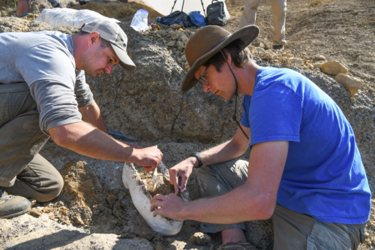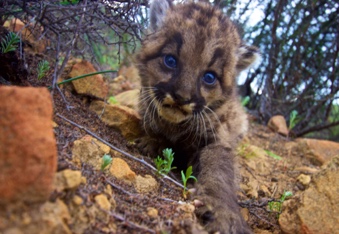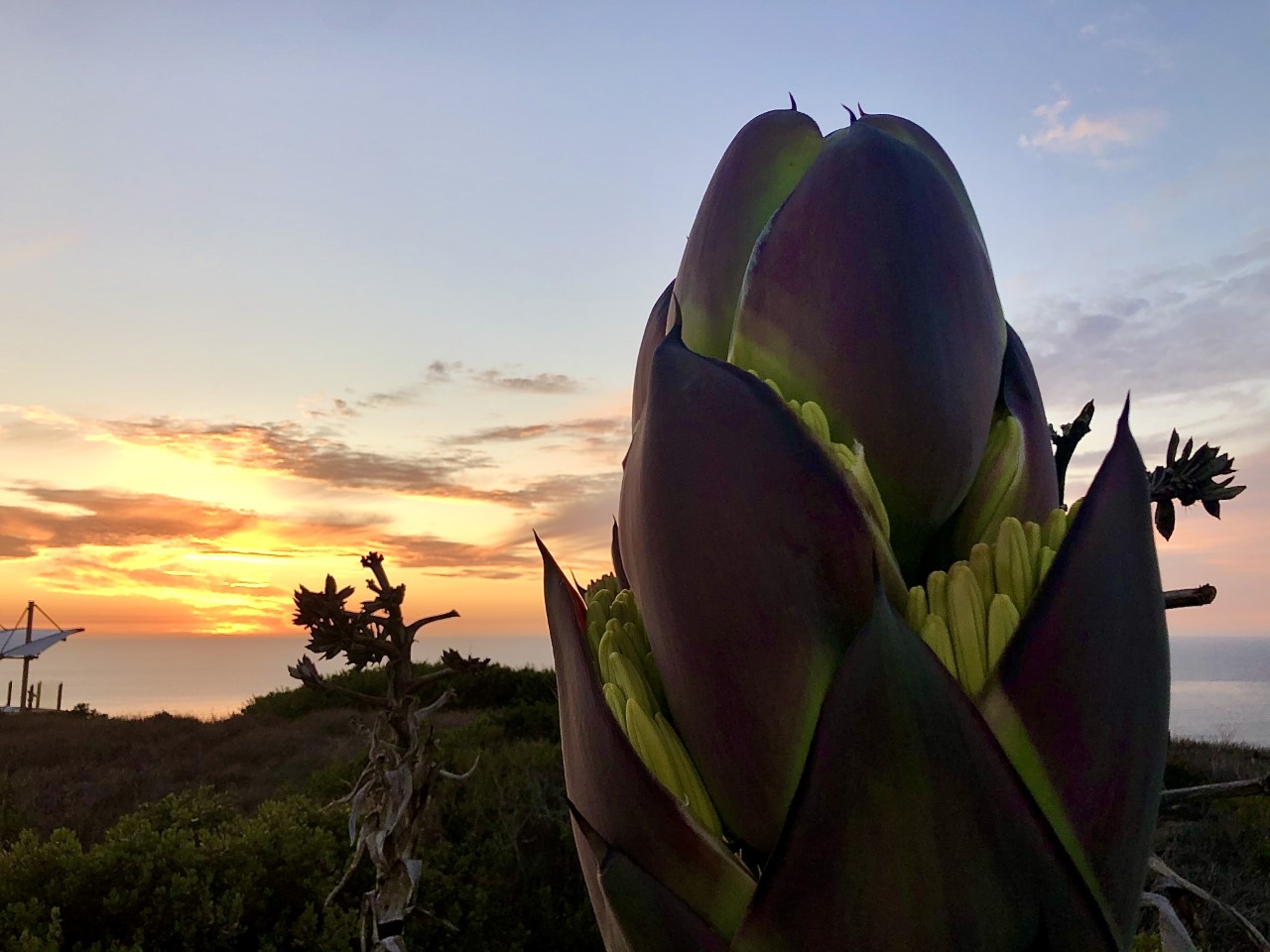The Research Learning Centers (RLC) were established in 2001 as part of the National Park Service’s Natural Resource Challenge Program. The Southern California Resource Learning Center (SCRLC) was established in 2002 and supports the NPS’s Mediterranean Coast Network of Cabrillo National Monument, Santa Monica Mountains National Recreation Area, and Channel Islands National Park.
Dr. Keith Lombardo became the SCRLC Director in 2018 after holding the Chief of Natural Resource Management and Science position at Cabrillo starting in 2014. Keith’s vision for the SCRLC is to support the network parks through an organic growth, common voice, and forward-thinking model. This is accomplished through four key drivers he has developed:
- Promote National Parks as premier places for scientific inquiry.
- Facilitate and promote the use of science to make resource management decisions.
- Improve science literacy by incorporating science into visitor and staff experiences.
- Assess and evaluate RLC activities and adapt as necessary to achieve the vision.
The Board of Directors of the SCRLC consists of the Superintendents of the Mediterranean Coast Network (MEDN), while the Technical Committee consists of MEDN Chiefs of Natural Resources, Cultural Resources and Interpretation who provide advice to the SCRLC Director Lombardo on ways to support their parks. These partnerships, along with networking and collaborating with other institutions, has highlighted the science occurring in the MEDN parks through press releases and social media posts.

NPS Photo – Fossil excavation of the ancient sea cow species on the Channel Islands.
Some of the projects that the SCRLC has led over the last few years have been the excavation of the first known ancient species of sea cow fossil (a 20-25 mya sirenian) recovered from the Channel Islands, the replacement of camera traps in the field after the Woolsey Fire and assisting with the curation of field images, and Golden Eagle banding at Santa Monica Mountains Recreational Area to name just a few. The sea cow excavation was a collaboration between Channel Islands National Park and the Santa Barbara Museum of Natural History, a great example of how partnerships help serve the four tenets of the SCRLC. This all comes with telling these stories in a manner that will translate these important issues to the public, science communication!

NPS Photo – A Mountain lion cub is captured by a camera trap in the Santa Monica Mountains, one of the projects the SCRLC helped sponsor.
Under Keith’s leadership, the SCRLC has been given some great recognition. This year, one of our Southern California RLC projects was chosen as the best example of scientific collaboration with an academic partner. It is highlighted as the cover story of this year’s annual newsletter! It is a story about our own population of Shaw’s Agave (Agave shawii) and the science being done to help preserve and protect this plant species on the edge of its range at Cabrillo National Monument.
For more information, look at the attached RLC Report Newsletter and read about the work our SCRLC is doing with our Shaw’s Agave (Agave shawii). It is the cover story of the newsletter and you can read about the other inspiring work being done in other RLCs in the National Park Service.

NPS Photo/ Andrew Rosales – The bloom of a Shaw’s Agave has begun to open.
